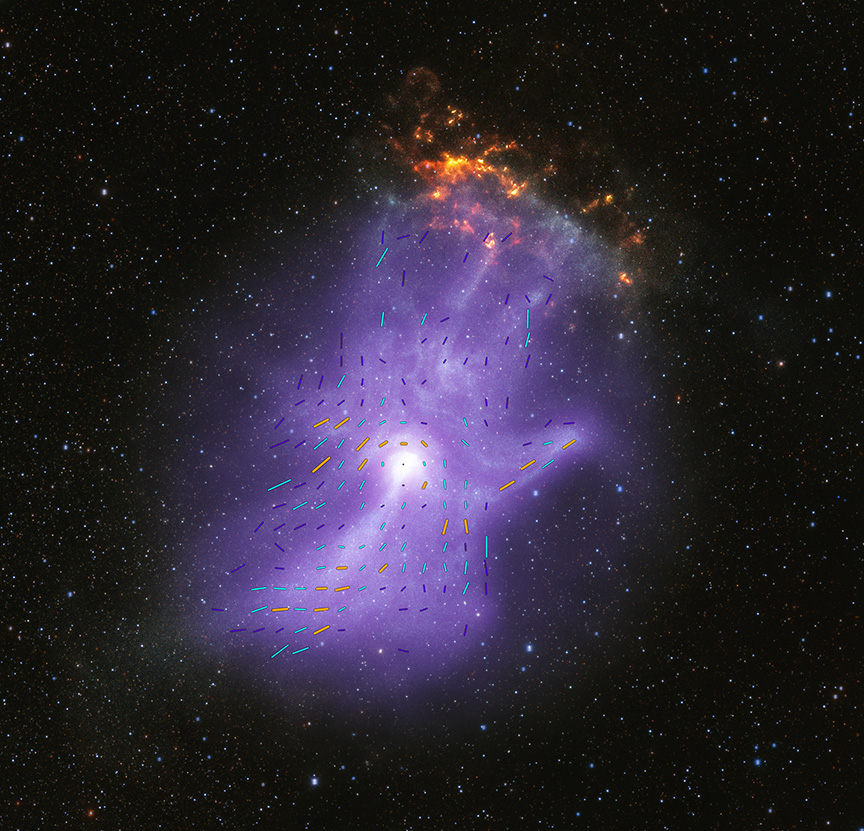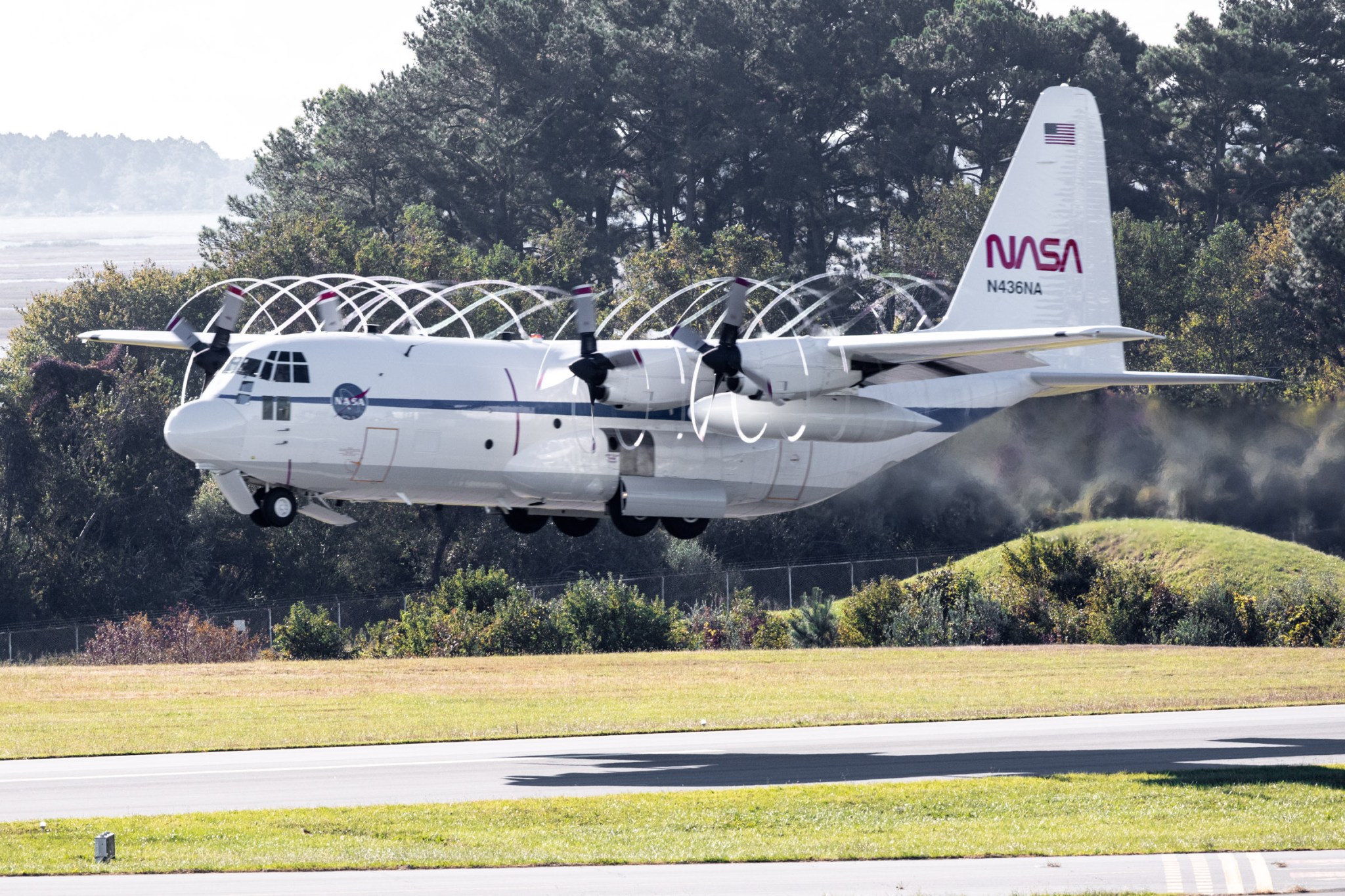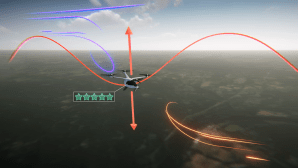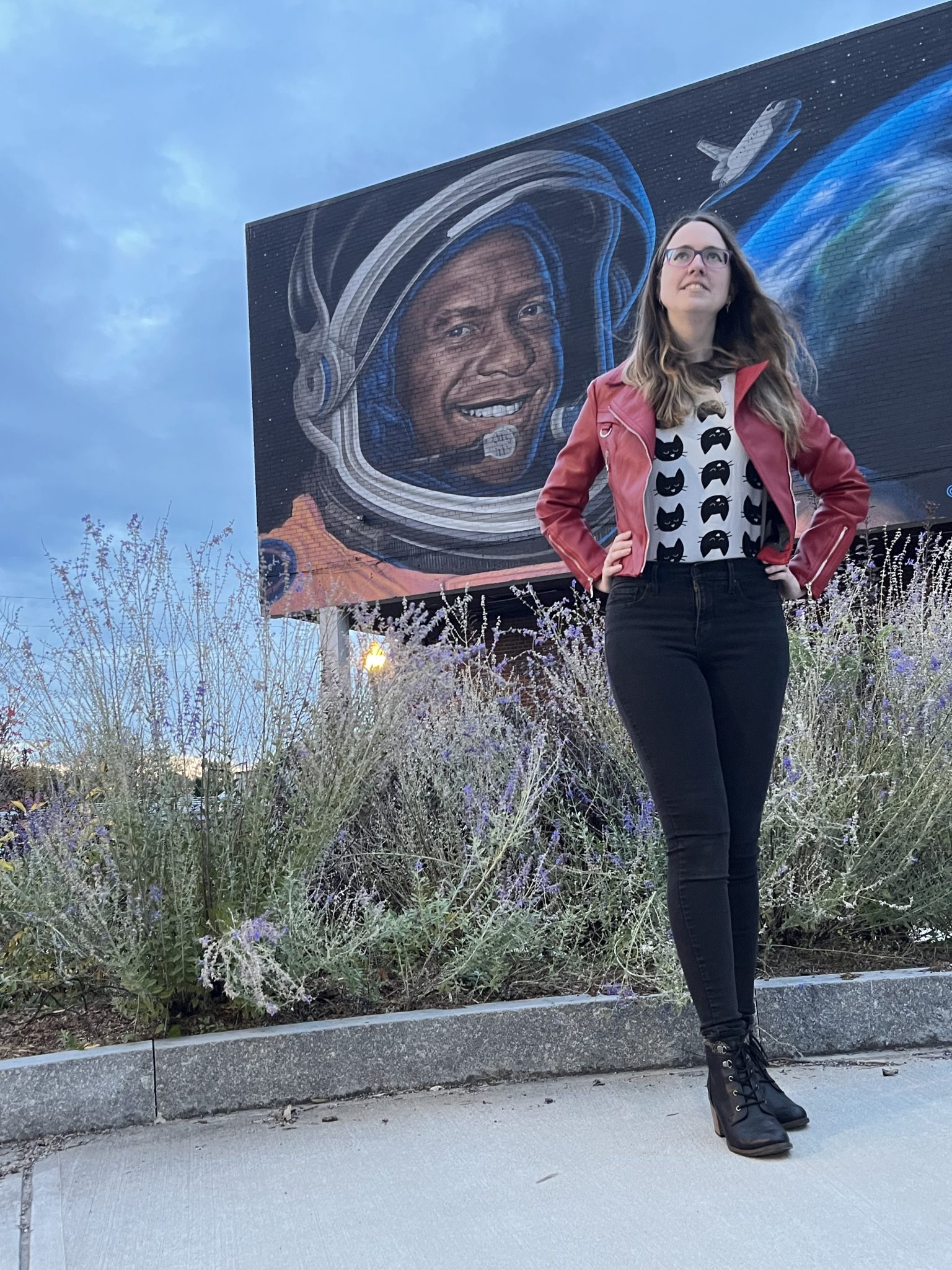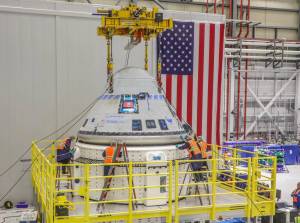Accounts Receivable
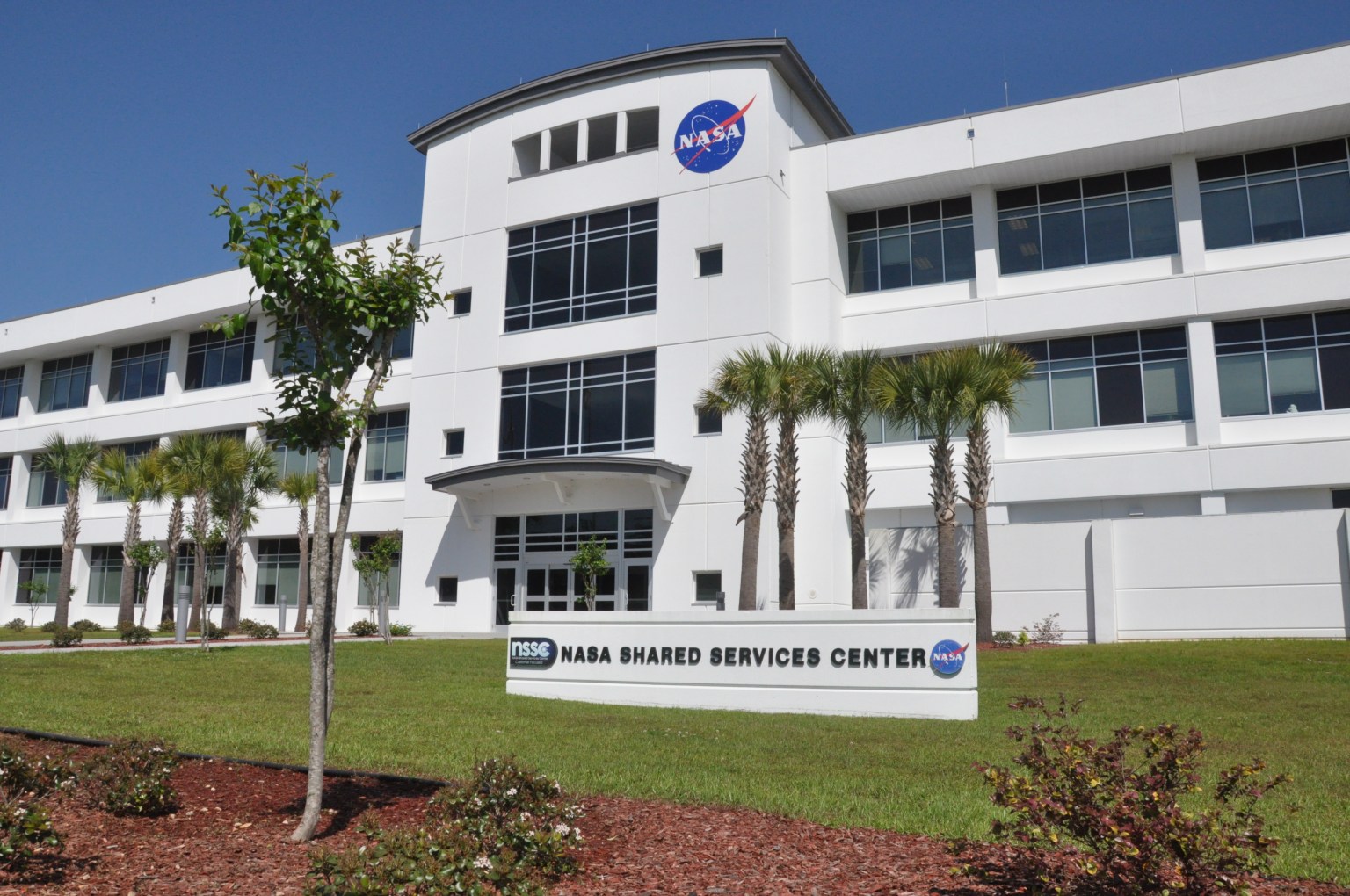
ACH Credit Payment
ACH Credit is a payment method that allows a payer to initiate payment through their financial institution through the ACH/Federal Reserve network. ACH Credit allows the payer to control the initiation and timing of payments as well as when the date the funds are sent. Please view the instructions by accessing ACH Credit Payment Instructions.
Payments to NASA
For your convenience and fast results, you have the following options to pay online:
Option 1: Pay Via Bank Account (ACH Direct Debit, also known as electronic check); or
Option 2: Pay Via Plastic Card (any credit or debit card with Visa, MasterCard, American Express or Discover, debit cards are accepted by Pay.gov).
For information on other payment, options please contact NASA Shared Services Center (NSSC) Customer Contact Center: 1.877.677.2123.
NSSC Accounts Receivable does not process checks for returned funds from Grantees.
Grantees should refer to Health and Human Services website for instructions on returning funds.
For other payment options, please contact the Customer Contact Center.
Check Payments
Make checks payable to: NSSC/For the account (s) of [applicable center]
Please include the bill number on your check.
Send all check payments to the following address:
NASA Shared Services Center (NSSC)
Building 1111, Jerry Hlass Road
Stennis Space Center, MS 39529
Credit/Debit Card Payments to NASA
To begin, please go to the Treasury Financial Manual at: https://tfm.fiscal.treasury.gov/v1/p5/c700.html.
Please reference the following sections for more guidance on the following items:
Credit Card
Section 7045—Limitations on Card Collection Transactions
Section 7045.10—Transaction Maximums
Debit Card
Section 7010—Scope, Applicability, and Network Rules
Section 7025—Honoring of Cards and Surcharges
Section 7025.10—Honoring of Cards
Section 7025.20—Surcharges
Testing
Agencies wishing to test the new credit card daily dollar value limits can do so using the Vanity emulator. Use the $1.72 amount. The return code will be V2. Please refer to section 10.10 and Appendix A of the Pay.gov Agency Guide to the Collections Service for additional information on using the Vanity emulator.
Fedwire Payments for NASA
The Federal Reserve Banks provide the Fedwire Funds Service, a real-time gross settlement system that enables participants to initiate funds transfer that are immediate, final, and irrevocable once processed. Depository institutions and certain other financial institutions that hold an account with a Federal Reserve Bank are eligible to participate in the Fedwire Funds Services. There are approximately 7,300 participants who make Fedwire funds transfers. The Fedwire Funds Service is generally used to make large-value, time-critical payments. International and Domestic financial institutions can use Fedwire to send a wire transfer in United States dollars directly to the bank to the United States Treasury, which then forwards the payment to NASA.
The Fedwire Funds Service is a credit transfer service. Participants originate funds transfers by instructing a Federal Reserve Bank to debit funds from its own account and credit funds to the account of another participant. Participants may originate funds transfers online, by initiating a secure electronic message, or off line, via telephone procedures.
The Fedwire Funds Service business day begins at 9:00 p.m. Eastern Time (ET) on the preceding calendar day and ends at 6:30 p.m. ET, Monday through Friday, excluding designated holidays. For example, the Fedwire Funds Service opens for Monday at 9:00 p.m. on the preceding Sunday. The deadline for initiating transfers for the benefit of a third party (such as a bank’s customer) is 6:00 p.m. ET each business day. Under certain circumstances, Fedwire Funds Service operating hours may be extended by the Federal Reserve Banks.
For more information, please visit: https://frbservices.org/financial-services/wires/index.html
Sending A Fedwire
Payments can be made through your Financial Institution. Your Financial Institution may charge additional fees for this service which will be incurred by the customer. Please also include a point of contact for your business in case NASA has any questions about the payment once it is received. Include any other identifying information with the payment, such as the bill of collection number, reference numbers and identify where to apply the payment. Customers should use the following instructions that meet their payment requirements.
Note: NASA does not charge the Fedwire fee.
Pay.Gov Payments
Online payments to NASA can be made through Pay.Gov through NASA Online Payment link only. Customers should use the following instructions for Pay.Gov that meet their payment requirements:
1. Reimbursable Customers requesting to make an Advance Payment, please view instructions by accessing NASA Online Payments via Pay.Gov (Advances).
2. Direct Customers (Non-Reimbursable) requesting to make a payment on a Bill of Collection, please view instructions by accessing NASA Online Payments via Pay.Gov (Direct).
3. Solutions for Enterprise-Wide Procurement (SEWP) Customers requesting to make a payment on a SEWP Fee, please view instructions by accessing NASA Online Payments via Pay.Gov (SEWP).
4. Click to view a Pay.Gov Screen Shot Example.
SWIFT Payment
Society for Worldwide Interbank Financial Telecommunication (SWIFT) payment is an interbank communications system in which financial institutions worldwide can send and receive information about financial transactions in a secure, standardized and reliable environment. SWIFT does not facilitate funds transfer; rather, it sends payment orders, which must be settled by correspondent accounts that the institutions have with each other.
Each financial institution, to exchange banking transactions, must have a banking relationship by either being a bank or affiliating itself with one or more. SWIFT is linked to more than 9,000 financial institutions in 209 countries and territories. For payments to NASA, the SWIFT message directs funds to a United States Treasury account, which then references and forwards the payment to a NASA Center. Please view the instructions by accessing SWIFT Payment Instructions.
Note: NASA does not charge the SWIFT fee.
Foreign Payments
International Treasury Service (ITS) or ITS.gov is a comprehensive payment and collection system. ITS.gov is the federal government’s single portal for all types of international transactions, including payments and collections. Wire transfers allow for the individualized transmission of funds from single individuals or entities to others while still maintaining the efficiencies associated with the fast and secure movement of money. By using a wire transfer, people in different geographic locations can safely transfer money to locales and financial institutions around the globe.
International wire transfers are monitored by the Office of Foreign Assets Control (OFAC), and agency of the U.S. Treasury tasked with preventing money from going to or coming from countries that are the subject of sanctions by the U.S. government.
Please reference Foreign Currency Accounts and ITS Collection Instructions for more information.
from NASA https://ift.tt/Hi527je



